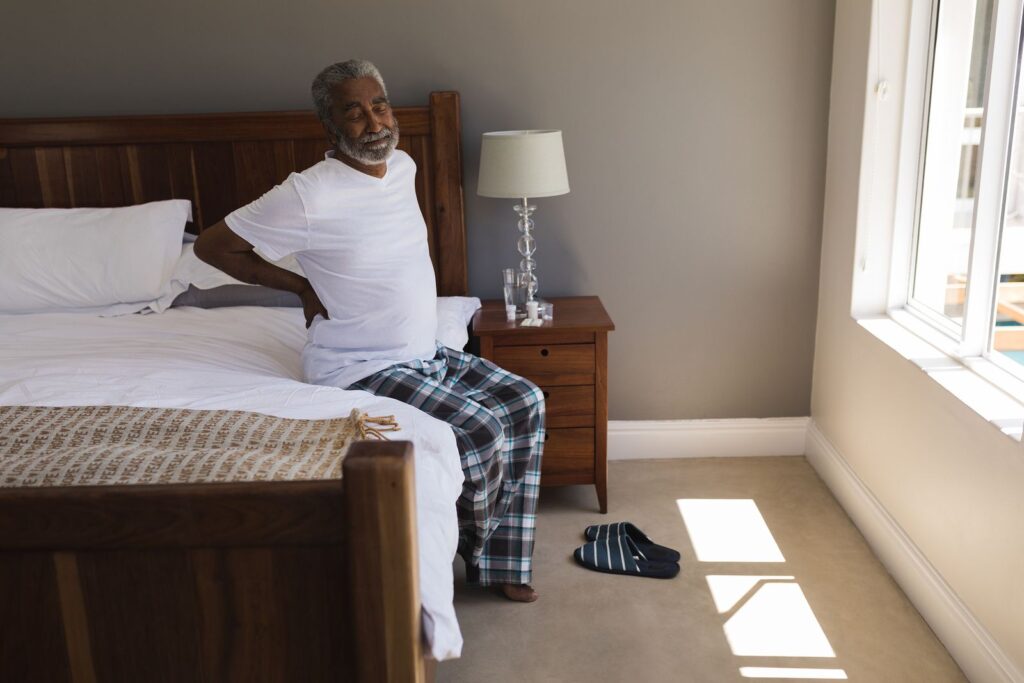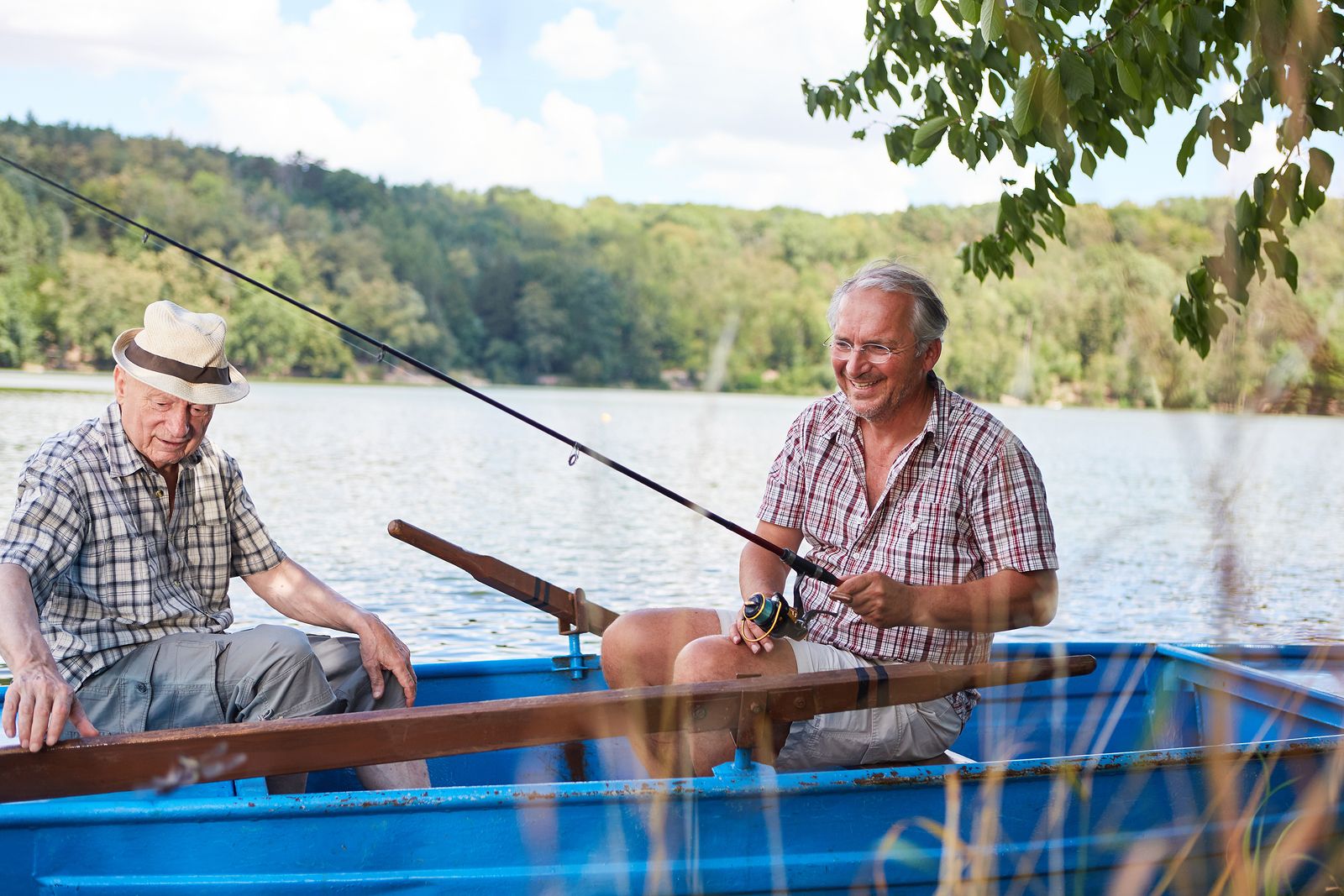
Tips for Protecting Your Back
Backs can be a pain! Not always, but more and more the older we get. It’s easy to do something in just the wrong way to wrench your back and end up in pain for days. But it isn’t always one particular thing you do or don’t do that causes back pain. Very often, it is an accumulation of many things… including years of wear and tear.
Not all back pain can be avoided and the odds of experiencing back issues increase as we get older. But there are things we can do to protect and strengthen our backs that will help minimize the impact of aging on our backs and help prevent back injuries.
It’s always wise to have a conversation with your doctor about the back safety measures that are best for you. And it’s crucial to let your doctor know if you are suffering with back pain, because there are many effective ways to address back pain.
Many studies have been done on how best to protect the back. Researchers have studied how the things we do, as well as how we do them, affect the back. They’ve come up with better ways to stand, walk, sit, lift, bend, etc. The findings from most of these studies are available online.
We’ve compiled a few general steps we can all take to help protect our backs.
A few ways to protect your back…
- Maintain a healthy weight. We are listing this tip first because, for many of us, it can be the most difficult. Just a few extra pounds, especially around the midsection, can actually cause changes in body dynamics that can lead to back pain. Extra weight also can aggravate existing back pain caused by other issues. It’s a good idea to try to stay within 10 pounds of the ideal weight recommended by your doctor.
- Be aware of your posture. Over time, poor posture takes a toll on the body and can actually cause damage to the spine. So don’t just plop down on a chair and get comfy. Don’t just shuffle along without thinking about how you’re using your body. Instead, think about your posture while sitting, walking, and standing. Try to distribute your body weight evenly, hold your head up, keep your back straight, relax your shoulders, and pull in those abdominal muscles. It may be a lot to think about, but it can be very helpful.
- Be careful lifting. Lifting is one of the most common causes of back pain. Don’t just grab something and pick it up. Take a moment to think about the best way to lift the item and protect your back, especially when it’s something on the heavier side. Bending over to pick up a heavy object is never a good idea. It is best to bend your knees and squat to lift an object. Keep the weight of the object close to your body and use your stomach and leg muscles to do the work. And never twist your body while lifting.
- Stay as active as possible. The human body is meant to move, not remain stationary for long periods of time. In fact, the body requires movement to keep working as it should. Movement keeps blood flowing. It keeps muscles and joints loose and limber. It strengthens the body’s core, which supports the spine. Try to include some regular physical activity in your daily life. And don’t sit in one spot too long without taking a break to get up, stretch, and move around.
- Think about how you sleep. Invest in a good mattress and pillow. We spend a lot of our lives in bed sleeping. What we sleep on and how we position our bodies while we sleep can impact the spine. Sleeping on your back is often recommended to protect the back, because lying on the stomach can throw the spine out of its natural position and put stress on the back. When turning over in bed, it is important to avoid twisting the body. Try to tighten the muscles in your core and move the body as one solid unit not a bunch of separate parts.
- Don’t carry a bag over one shoulder. It is far better for the body to carry something with its weight evenly distributed across the body than to have all the weight concentrated in one area of the body. One shoulder tends to take on a lot of the work when it comes to carrying handbags, briefcases, computer bags, and other hanging bags. To distribute a bag’s weight more evenly, the bag should have a long strap that can be worn diagonally across the body so the bag is not hanging straight down from the shoulder.


Age Adds Flavor
We are not old, we are seasoned!
Don’t forget to visit us on FACEBOOK!
